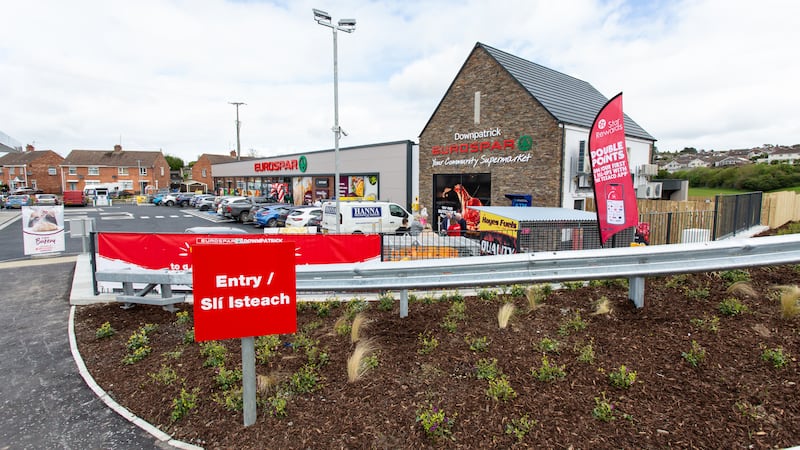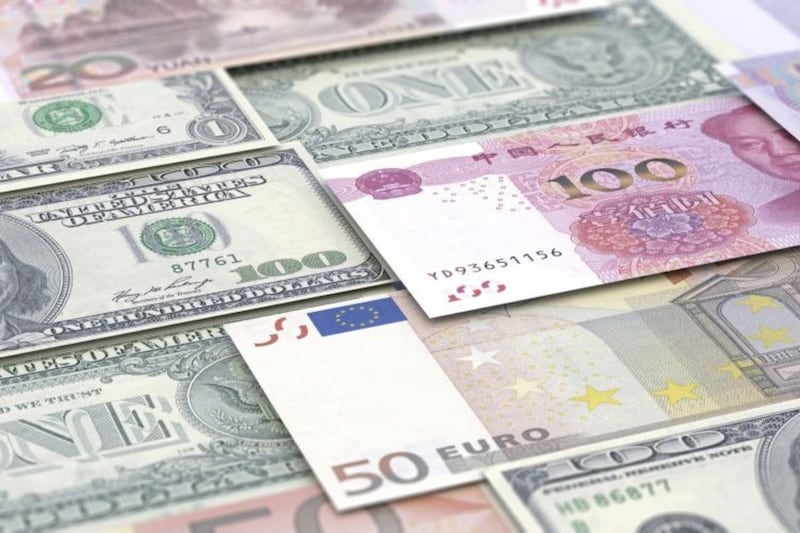THE money in people's pockets, purses and wallets changes forever in Northern Ireland today with FIVE different 'plastic' banknotes coming into general circulation.
Ulster Bank, Danske Bank and Bank of Ireland will be churning out the equivalent of a quarter of a BILLION pound's worth of the new £5 and £10 designs.
It's the biggest single-day change since the local banks were allowed to issue their own-printed currency a century ago.
And in the case of Ulster Bank, it also sees a unique move to the UK and Ireland’s first main-issue ‘vertical’ banknotes.
Ulster Bank and Bank of Ireland are both bringing in new £5 and £10 polymer notes, with Danske opting for new tenners only at this stage.
But while the new designs will be readily accepted in shops, pubs, taxis and restaurants, it might lead to confusion and possibly refusals if people try to use the notes across the water, where technically they are not legal tender.
Indeed Danske, which hasn't printed any £5 notes since a special edition polymer version to mark the millennium (and has also stopped producing its own £50 notes), cautions: "While Northern Ireland notes circulate and are accepted quite freely here and, for the most part are also readily accepted across the UK, we would advise customers not to rely on them being taken, and our advice is to change to Bank of England notes before you travel."
Ulster Bank says consumers, businesses and visitors need to be familiar with its new vertical note design, and has been working with local school children to give two well-known landmarks a temporary ‘new orientation’ to help raise awareness of the notes and their unique shape.
The Big Fish at Donegall Quay and the large sign at Titanic Belfast will ‘turn vertical’ on Wednesday as part of the stunt, intended to catch the eye of business people and consumers passing along the busy Donegall Quay and visitors coming to the world- famous tourist destination.
Terry Robb, head of personal banking at Ulster Bank in Northern Ireland, said: “This is an important change and one we want to communicate fully to customers.
"We want people using and accepting the notes to be familiar with the new designs and their unique look, and this is intended to be a fun and creative way to do that. Our people will be on hand from 10am to 2pm at the Big Fish in order to answer any questions passers-by might have about the notes."
Ulster Bank’s new fiver highlights the importance of the sea and migration and features Strangford Lough and Brent Geese while the £10 focuses on Northern Ireland as a place of growth both in terms of agriculture and heritage, and features Lough Erne, the Irish hare and Guelder-rose shrubs.
Danske Bank's new £10 note will keep the same design as the current paper note but with some subtle changes to the colour and features, including a new portrait of inventor John Dunlop.
And Bank of Ireland's new polymers will retain the familiar and iconic image of The Old Bushmills Distillery in Antrim, the world’s oldest licensed whiskey distillery.








